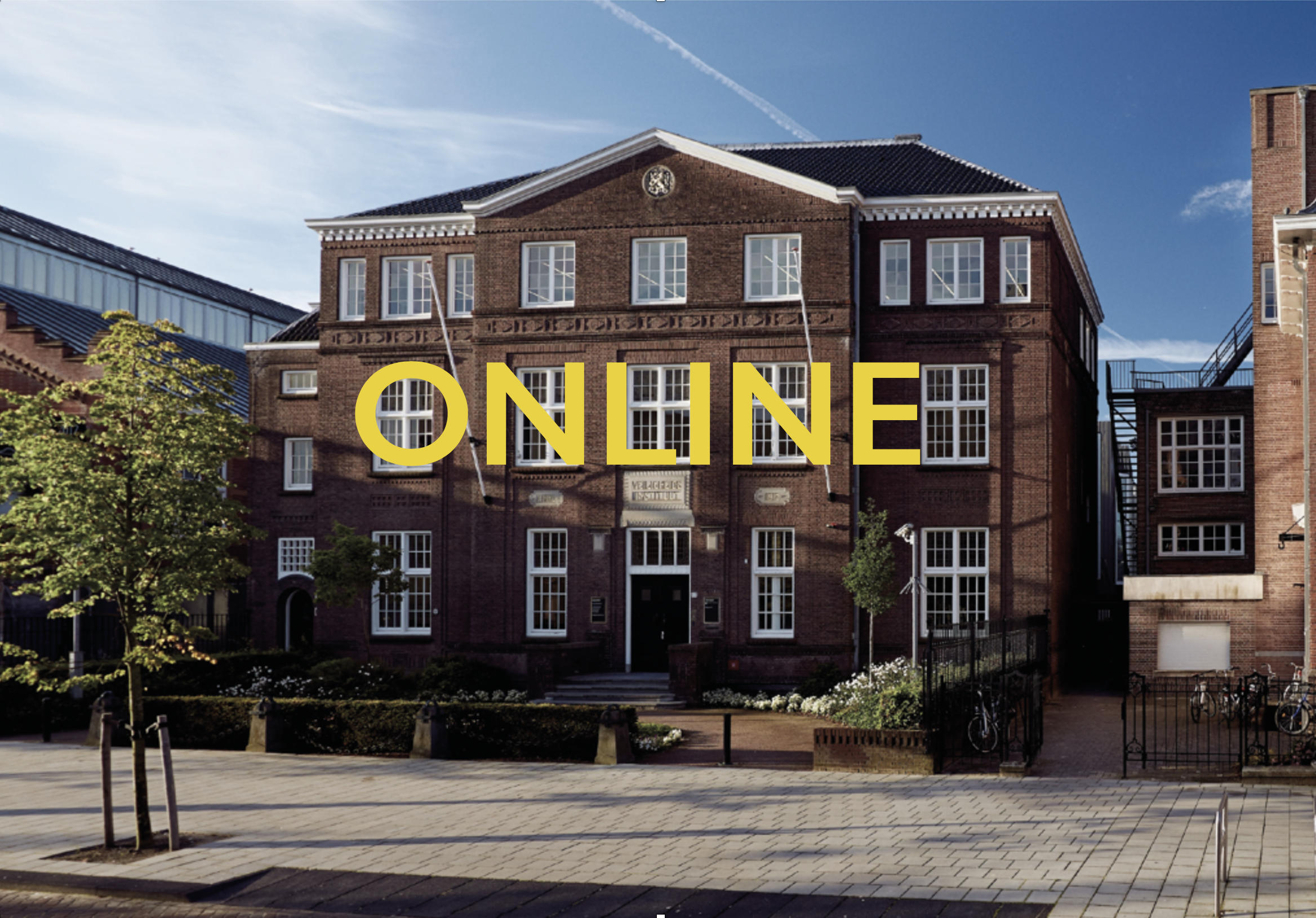

We are pleased to announce a new, online edition of the NICAS colloquium on Thursday 23 June 2022 from 12.00 to 13.00 hrs. The colloquium will take place online through Microsoft Teams.
Throughout the year, NICAS organises a bi-weekly Colloquium consisting of two short research lectures. It provides researchers with the opportunity to present ideas for, updates on or results of their activities. The NICAS Colloquium allows people to stay informed on a regular basis about the latest developments and results of research and to exchange information and expertise.
The chair of this colloquium will be Francesca Gabrieli (Rijksmuseum)
The presenters are:
► Sandra Weerdenburg, Rebecca Timmermans, Franziska Klinkmüller – The conservation of Città irreale (1968–69) by Mario Merz: How to prolong the life of an Arte Povera work
Abstract:
Città irreale (1968–69) is an Arte Povera assemblage by the Italian artist Mario Merz. The work consists of a metal frame on which a wax-coated polyethylene gauze is loosely mounted. The words ‘città irreale’ in white neon lights are attached to the front of the wax layer along with two blue neon lines. The ongoing degradation of the materials is accelerated by the light and heat radiation from the neon lights. The wax-coated gauze shows several tears and a loss of material caused by mechanical stress. In the mid-1990s, Città irreale was included in the multidisciplinary research project undertaken by the Foundation for the Conservation of Modern Art (SBMK). The object was finally treated in 2013–14 based on the results of this research, which were also evaluated. The treatment’s main aim was to stabilise the wax-coated gauze, deal with the aged neon lights and develop a better mounting system for the new lights.
Bio:
Sandra Weerdenburg studied Art History in Utrecht and was afterwards trained as a conservator at the ‘Five-year postgraduate diploma course’ at the Limburg Conservation Institute (SRAL), Maastricht (Netherlands) in cooperation with the ‘Training Institute for Conservators’ in Amsterdam. After having worked in several Dutch museums she has been working at the Stedelijk Museum since 1996, first as a sculpture conservator, and since 2006 as head of the conservation department.
► Alessandra Marrocchesi – Low-budget portable device for technical imaging of cultural heritage artifacts
Abstract:
A consistent photographic process is fundamental to take full advantage of the possibilities offered by technical photography in support of object documentation, conservation, and art-historical research. While major heritage institutions have a dedicated photography department, standardized imaging systems are out of the reach of many museums and conservation institutes. For this reason, the results obtained through technical photography are often user and set-up dependent, severely limiting the usage of this technique for the investigation of cultural heritage objects. In this presentation, Alessandra Marrocchesi will share her PhD project, which aims at overcoming this limitation through the development of a low-budget portable device capable of performing consistent technical photography of different cultural heritage artifacts, ranging from paintings to reflective metallic objects.
Bio:
Alessandra Marrocchesi graduated in 2019 with a Master’s degree in Physics from the University of Pisa. Since 2020 she is a PhD candidate at the University of Amsterdam within the EU-funded Marie Skłodowska-Curie Actions project Cultural Heritage Analysis for New Generations (CHANGE ITN). Her research focuses on the development of novel equipment and algorithms for the investigation of cultural heritage artifacts through technical photography.